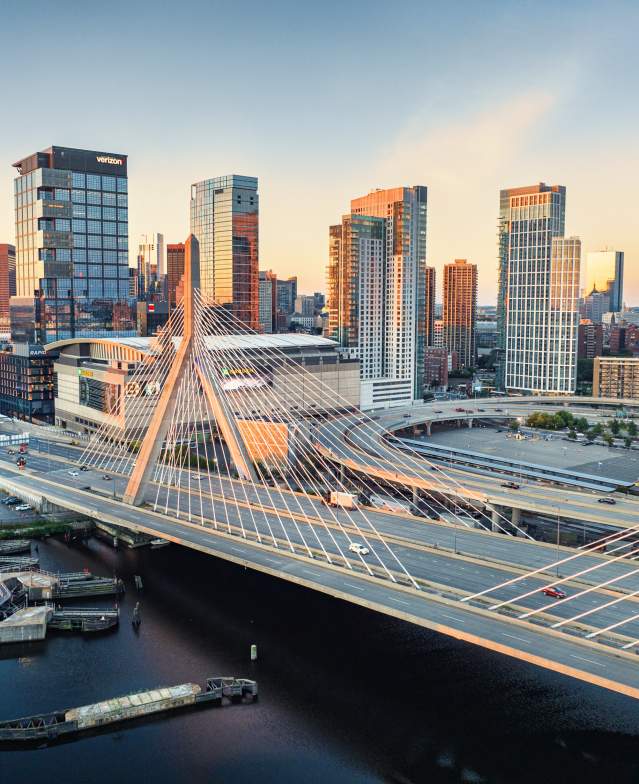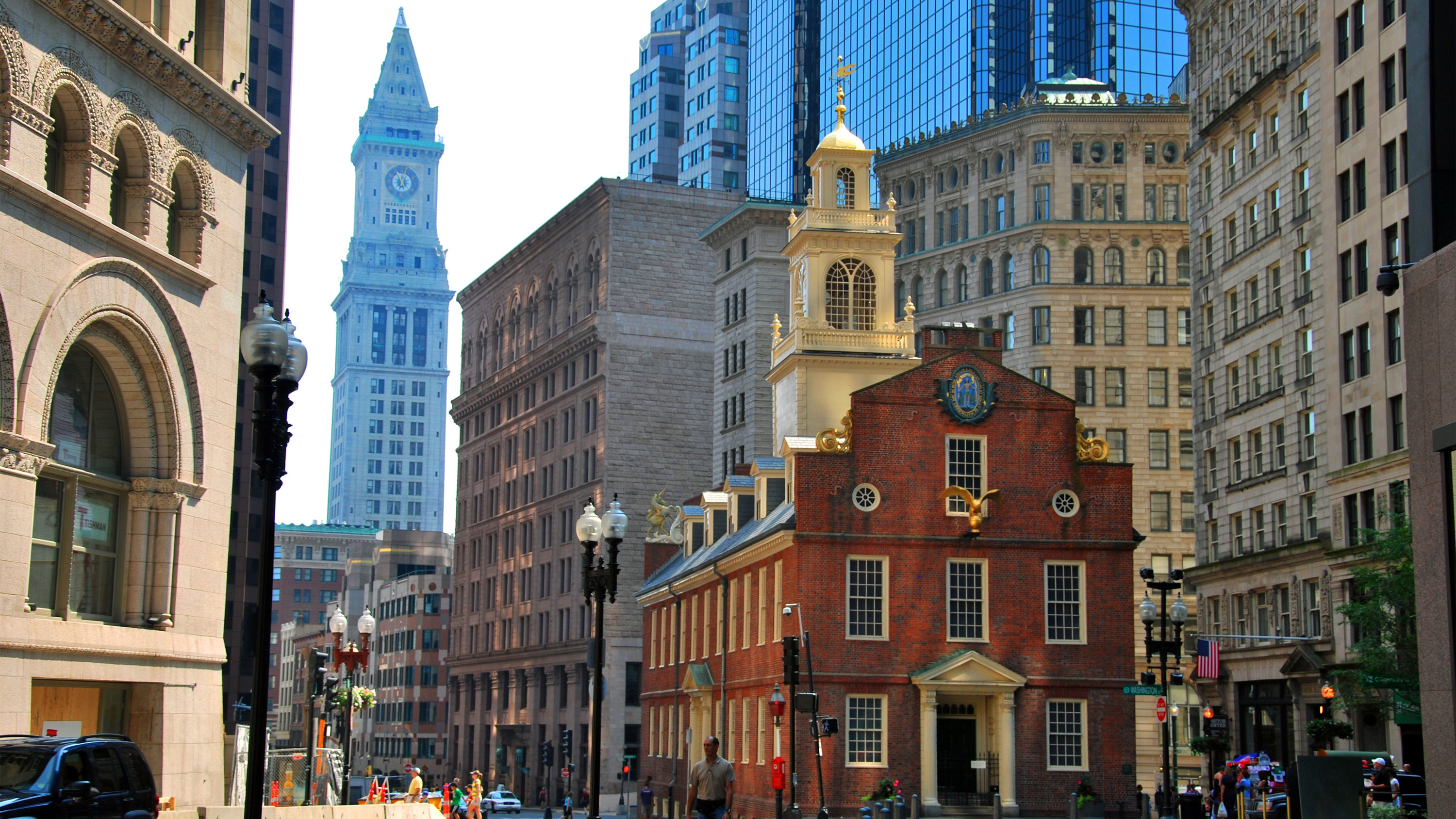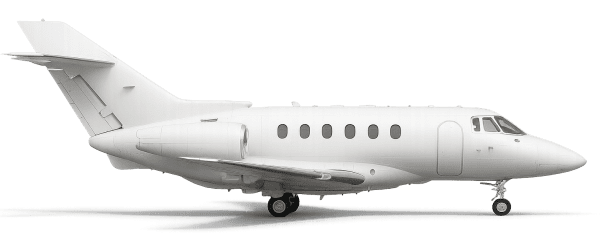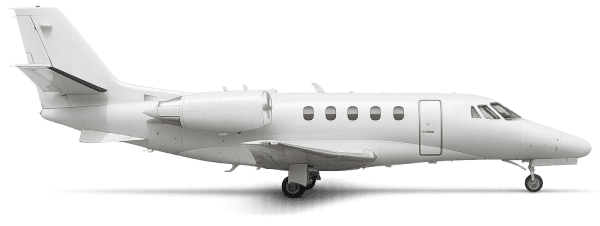Boston, Massachusetts, is renowned for its rich history, vibrant culture, and beautiful landscapes
BOOK A FLIGHT
:max_bytes(150000):strip_icc()/boston-massachusetts-BOSTONTG0221-719aef2eeb1c4929b6c839715e34a69e.jpg)







1 Harborside Dr, Boston, MA 02128
Feels like 53°F. few clouds
light rain
light rain
overcast clouds
broken clouds
moderate rain
clear sky
light rain
Boston, Massachusetts, is a city rich in history, culture, and activities. Whether you're a history buff, a sports fan, or someone who enjoys the arts and nature, Boston has something to offer. Here are the top five things to do in Boston:
Freedom Trail: This 2.5-mile-long path through downtown Boston passes by 16 locations significant to the history of the United States. Walking the Freedom Trail is a fantastic way to see the city and learn about the American Revolution and the early days of the United States. Highlights include the Massachusetts State House, Paul Revere's House, and the Old North Church.
Fenway Park: Home to the Boston Red Sox, Fenway Park is the oldest ballpark in Major League Baseball and a must-visit for sports fans. Even if you're not a baseball enthusiast, the park's history and unique features (like the Green Monster) make it worth a visit. You can catch a game during the season or take a tour of the park year-round.
Boston Common and Public Garden: These adjacent green spaces in the heart of Boston offer a peaceful escape from the city. Boston Common, America's oldest public park, and the Public Garden, with its famous Swan Boats, provide beautiful settings for walking, picnicking, and enjoying the outdoors. They're also a great starting point for exploring the city.
Museum of Fine Arts, Boston (MFA): One of the largest museums in the United States, the MFA boasts a vast and varied collection that spans continents and millennia. From ancient Egyptian artifacts to contemporary art, and featuring works by masters such as Van Gogh, Rembrandt, and Degas, the museum offers something for every art lover.
Quincy Market and Faneuil Hall Marketplace: This historic market complex is a great place to sample local foods, shop for souvenirs, and experience the vibrant atmosphere of Boston. Faneuil Hall Marketplace, including Quincy Market, North Market, and South Market, is not only a hub for shopping and dining but also a place where street performers entertain visitors year-round.
These activities offer a glimpse into the diverse attractions Boston has to offer, catering to a wide range of interests from history and sports to art and nature.
Getting to Boston, MA, depends on your starting location and preferred mode of transportation. Here are some general guidelines for various scenarios:
Remember, the best way to get to Boston will depend on your starting point, budget, and preferences. Always check the latest travel advisories and transportation schedules before you depart.
Boston, MA, is best known for its rich history, cultural heritage, and significant role in the American Revolution. Key highlights include:
Historical Significance: Boston is renowned for events such as the Boston Tea Party, the Battle of Bunker Hill, and Paul Revere's midnight ride, which were pivotal in the American Revolution. The Freedom Trail, a 2.5-mile-long path through downtown Boston, connects 16 historically significant sites.
Educational Institutions: The city and its surrounding area are home to prestigious universities such as Harvard University and the Massachusetts Institute of Technology (MIT), making it a hub for higher education and research.
Cultural Institutions: Boston boasts numerous cultural institutions like the Museum of Fine Arts, the Boston Symphony Orchestra, and the Boston Ballet.
Sports: The city is also famous for its passionate sports culture, being home to iconic sports teams like the Boston Red Sox (MLB), the Boston Celtics (NBA), and the Boston Bruins (NHL).
Boston Marathon: One of the world's oldest and most prestigious annual marathons, attracting runners and spectators from all over the globe.
Seafood and Culinary Scene: Known for its excellent seafood, particularly clam chowder, lobster rolls, and oysters, Boston has a vibrant culinary scene that reflects its diverse population.
Innovation and Technology: The Greater Boston area is a leading hub for biotechnology, engineering, and higher education, contributing to its reputation as a center for innovation and entrepreneurship.
These elements, among others, make Boston a unique and vibrant city with a blend of historical significance, academic excellence, cultural richness, and innovative spirit.
Determining the "most popular" part of Boston, MA, can vary depending on the criteria used, such as tourist visits, local popularity, or historical significance. However, several areas consistently stand out for their popularity among both tourists and locals:
Faneuil Hall Marketplace - Often referred to as the "Cradle of Liberty," Faneuil Hall Marketplace, including Quincy Market, is a bustling area filled with shops, eateries, and street performers. It's a major attraction for its historical significance and vibrant atmosphere.
Beacon Hill - Known for its beautiful, historic Federal-style rowhouses, gas-lit streets, and brick sidewalks, Beacon Hill is one of the city's most picturesque neighborhoods. It's also home to the Massachusetts State House.
The North End - Boston's oldest residential community, known as the city's Little Italy, is famous for its Italian restaurants, cafes, and festivals. The Freedom Trail runs through this area, leading to significant historic sites.
Back Bay - Recognized for its Victorian brownstones, upscale shopping, and dining along Newbury Street, the Back Bay area is also home to the Boston Public Library and the iconic Prudential Center.
The South End - Known for its diverse community, art galleries, and the SoWa Open Market, the South End is a trendy area with a rich history and beautiful Victorian row houses.
The Waterfront - Featuring the New England Aquarium, the Boston Children's Museum, and the Boston Tea Party Ships & Museum, the Waterfront area is a hub for family-friendly activities and scenic views of Boston Harbor.
Boston Common and Public Garden - As the starting point of the Freedom Trail, Boston Common, America's oldest public park, and the adjacent Public Garden, with its famous Swan Boats, are central to the city's outdoor life and public events.
While these areas are among the most popular in Boston, the city's appeal lies in its diverse neighborhoods, each offering its unique charm and attractions. The most popular part of Boston can vary based on individual interests, whether they lie in history, dining, shopping, or cultural experiences.
Determining the "#1 attraction" in Boston, MA, can be subjective and may vary depending on the source or criteria used (such as visitor numbers, historical significance, or local popularity). However, one of the most iconic and frequently visited attractions in Boston is the Freedom Trail. This 2.5-mile-long path through downtown Boston passes by 16 locations significant to the history of the United States, including historic sites, churches, meeting houses, burying grounds, parks, a ship, and historic markers that tell the story of the American Revolution and beyond. It's a favorite for both tourists and locals, offering a rich historical experience.
The ideal length of your stay in Boston, MA, depends on several factors, including your interests, the pace at which you like to travel, and whether you're focusing solely on the city or planning to explore surrounding areas as well. Boston is rich in history, culture, and has a vibrant dining scene, making it a fascinating city to explore. Here's a breakdown to help you decide:
For a first-time visitor aiming to get a good sense of the city, 3-4 days is often recommended. This provides a balanced itinerary that includes major attractions, some leisure time, and perhaps a day trip. However, your interests and travel style should ultimately guide your decision.